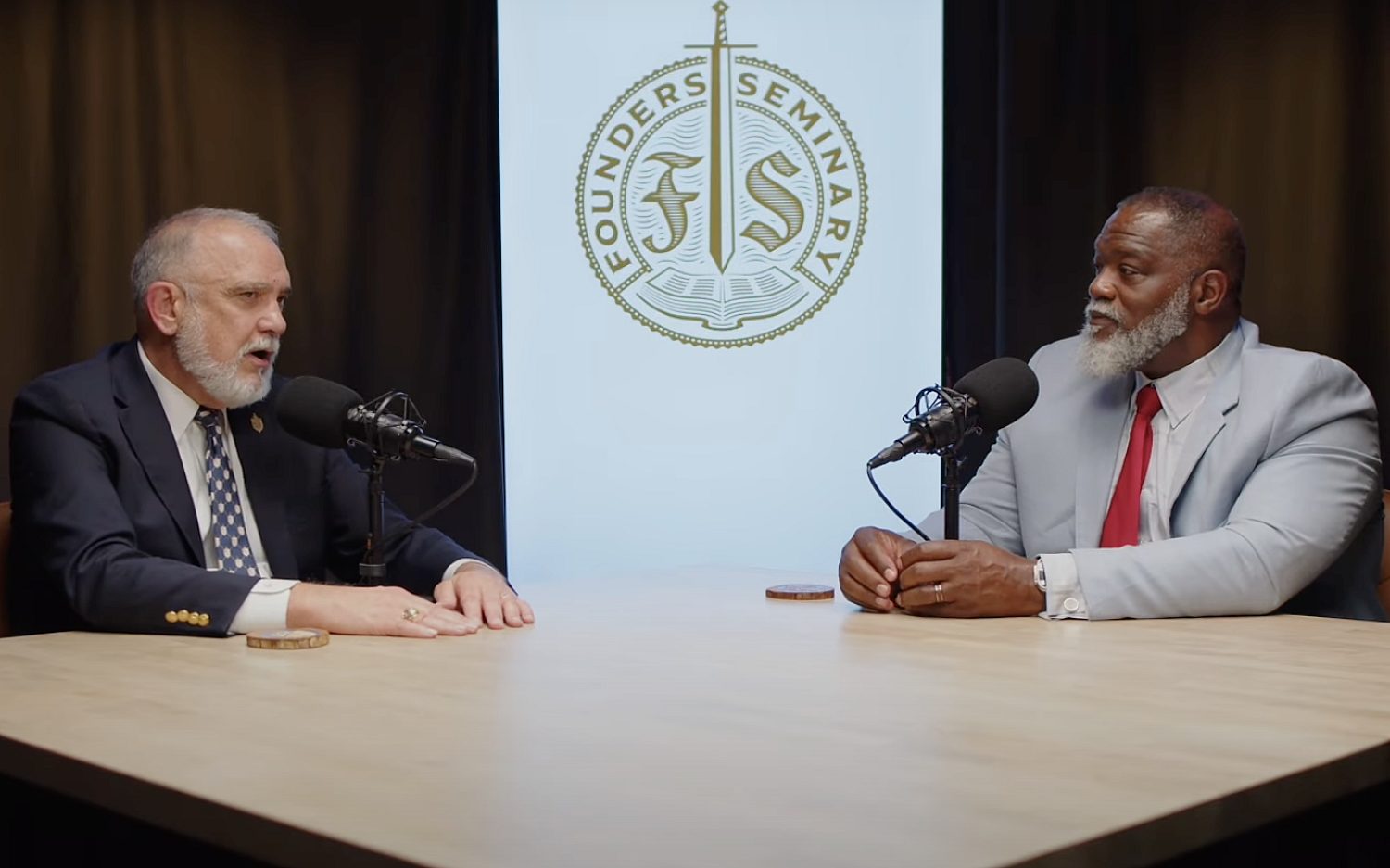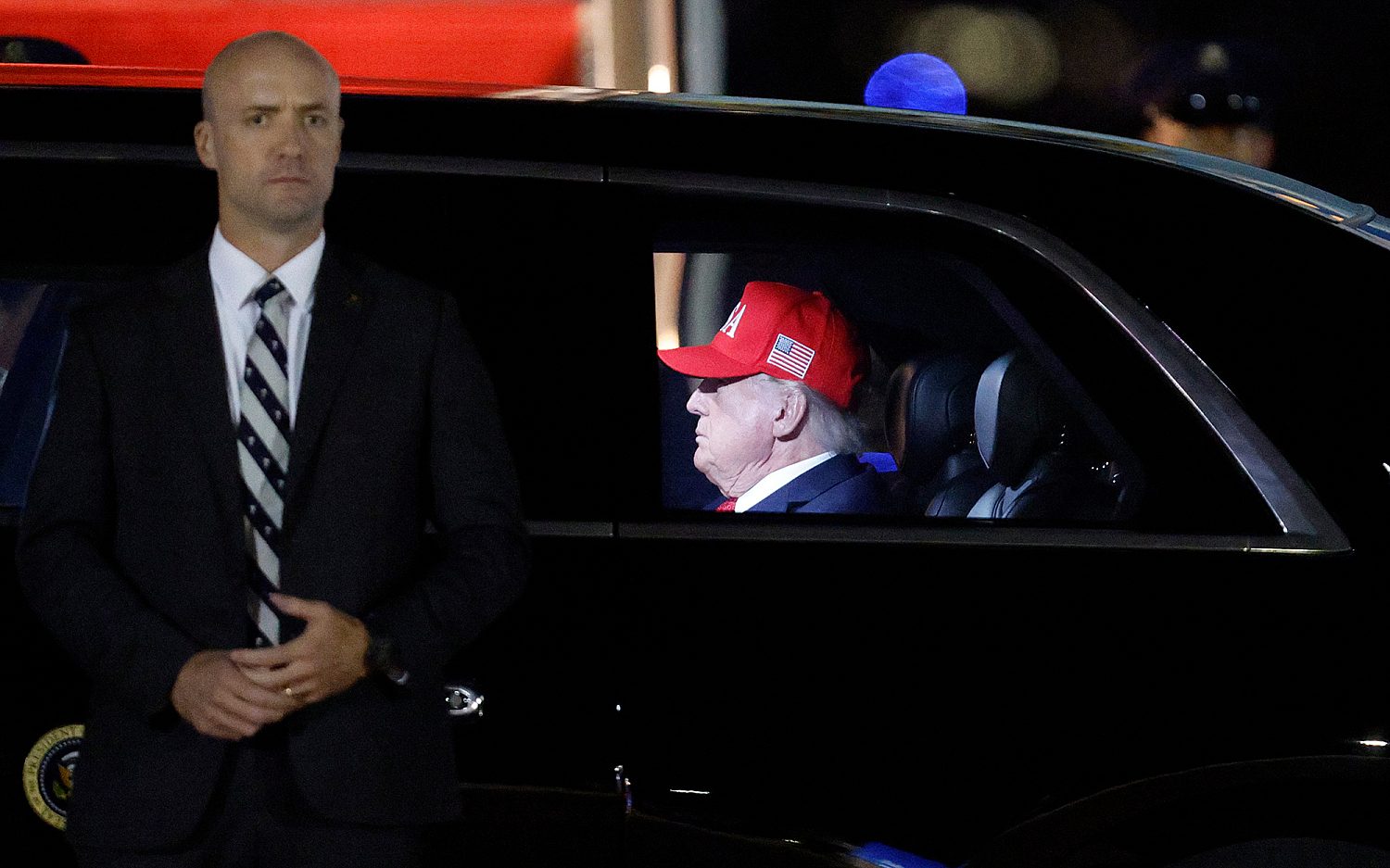Key remembered as national anthem, flag unite for first time
Francis Scott Key, sitting in a boat more than a mile from the Baltimore shore, peered through the first light of dawn toward Fort McHenry on Sept. 14, 1814. Key didn’t support the War of 1812 initially. Americans began it to challenge the British for disrespecting American sailors and infringing on their right to trade with other countries. But he negotiated with the British for the release of a captured family friend. The British wanted to finish shelling the fort with their glaring red rockets, so they made him remain in the bay overnight.
As the morning cleared, the fort still stood. The American garrison lowered its storm flag and replaced it with the garrison flag, large enough to view from miles away. The flag symbolized American perseverance—and inspired Key to pen “The Star-Spangled Banner.”
The song became the U.S. national anthem in 1931, and now, for the first time ever, Key’s handwritten manuscript is displayed with the giant flag that inspired him. The Smithsonian’s National Museum of American History and the Maryland Historical Society have partnered to create the exhibit for the song’s 200th anniversary.
“It’s a once-in-a-lifetime opportunity,” said Jennifer Jones, curator of armed forces and numismatics at the American History Museum. “They’ve become such touchstones to our liberty.”
The manuscript joined the flag in its dark, carefully monitored chamber on June 14 and will remain there until July 6, when it will return to the Maryland Historical Society. In return, some of the Smithsonian’s flag fragments will join the manuscript in Maryland later this fall.
As the Smithsonian honors the partnership between the flag and the song, historians also remember its composer. Key, who lived from 1779 to 1843, grew up in a wealthy family and became an accomplished lawyer, arguing before the Supreme Court more than 100 times. But he once considered becoming an Episcopalian minister.
“He was sort of like a lay preacher,” said Marc Leepson, historian and author of What So Proudly We Hailed, a 2014 biography of Key. Leepson spent two years digging through Key’s letters, such as ones where he admonished his children to read the Bible and encouraged a non-Christian friend to join the faith. Key involved himself in three Washington, D.C., churches and served as the vice president of the American Bible Society from its founding in 1816 until his death.
“He was an upright man and very conservative in just about every way you define the word,” Leepson told me.
Like his contemporaries, Key also took an old-fashioned stance on slavery: While he represented free and enslaved African-Americans in court, he owned slaves and also represented slave owners. But he adamantly opposed any kind of slave trafficking.
For Key, writing song lyrics was a lifetime hobby. Two of his hymns are in the Episcopalian hymnbook, but the rest of his poems remain obscure. “He was a bad amateur poet with one gigantic exception,” Leepson said.
Key based “The Star-Spangled Banner” on the popular theme song of the Anacreontic Club in England, which has six lines per stanza instead of the typical four. The song enjoyed a burst of popularity when it was published a day after Key wrote it, but it did not become so well-known until the late 1800s. Key himself hardly mentioned the song—he only spoke about it once in public.
Key’s faith came through in his lyrics: In the little-sung fourth verse, he credits God with preserving America. “And this be our motto: in God is our trust,” he wrote. This is one of the earliest uses of the phrase.
Jones, the museum curator, saw "The Star-Spangled Banner" through its extensive preservation from 1998 to 2008. She is thrilled the two artifacts are being displayed together this year: “[The flag] really became iconic because of Key’s words.”
When I walked through the exhibit with Jones, she pointed out creases in the manuscript parchment where Key folded it into a square, small enough to stuff in his pocket. Jones thought it seemed as if Key underestimated the power of his lyrics: “It just struck me as very humble.”
An actual newsletter worth subscribing to instead of just a collection of links. —Adam
Sign up to receive The Sift email newsletter each weekday morning for the latest headlines from WORLD’s breaking news team.




Please wait while we load the latest comments...
Comments
Please register, subscribe, or log in to comment on this article.